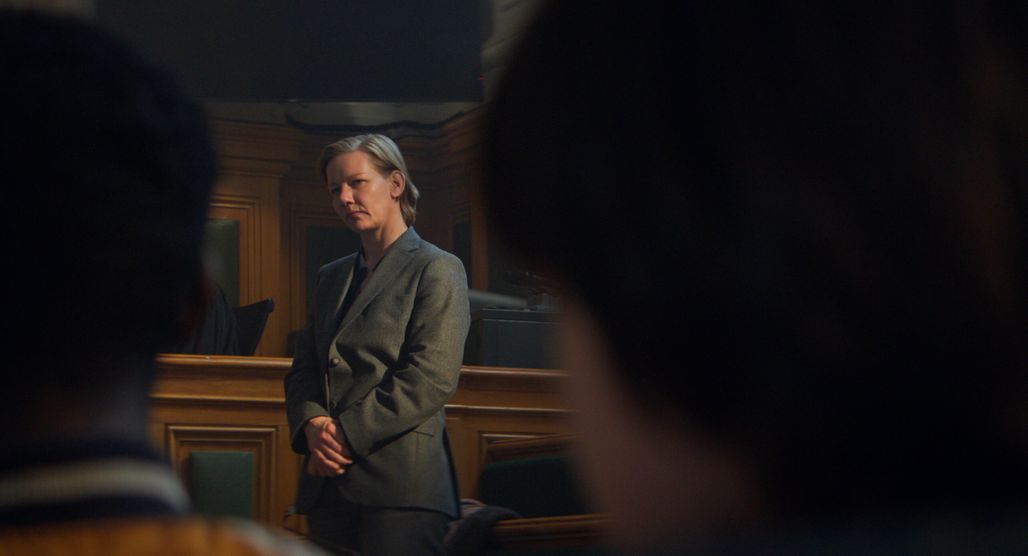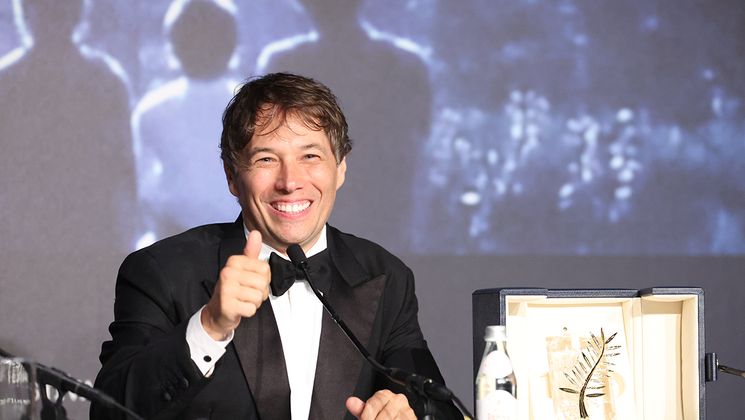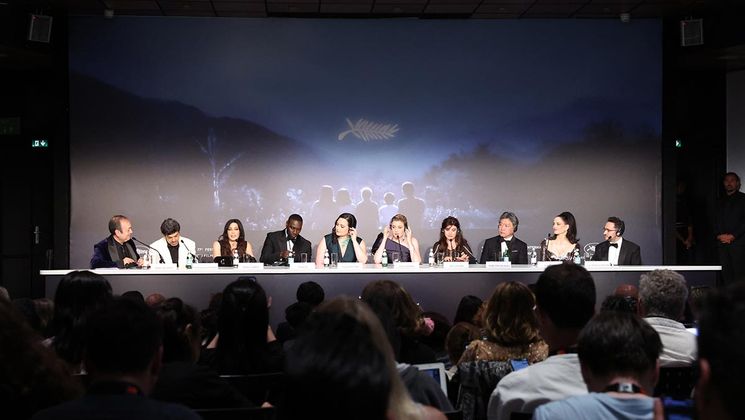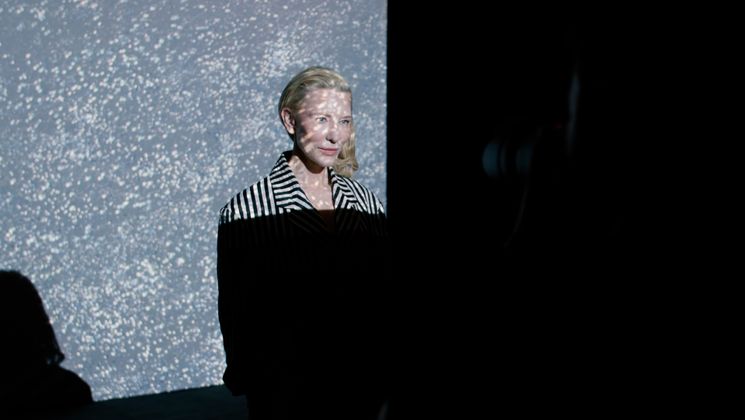
Justine Triet dissects relationships in Anatomie d’une chute (Anatomy of a Fall)

Sandra, Samuel and their visually-impaired son live in the mountains. When Samuel’s corpse is found, an investigation is opened. Despite the lingering doubt, Sandra is charged and sentenced for his death. In Anatomie d’une chute (Anatomy of a Fall), her fourth feature film in Competition, Justine Triet uses a procedural to reflect on the relationships between men and women.
What was the starting concept for this film?
The film is based on the idea of living a nightmare. I wondered what would happen if my personal hell suddenly became everybody’s business. I wanted to make another film about the relationship between men and women, this time exploring how a couple falls apart. Telling the tale of a body that collapses, in a technical manner, and spending as much time on this as the disintegration of a relationship. And so I came up with the vision of a little boy who finds out about his parents’ business in a trial that methodically dissects the couple’s history.
The film required extreme precision in replicating the legal workings. How did you prepare?
Criminal lawyer Vincent Courcelles Labrousse is a friend, and he helped us a great deal. We called him all the time while we were writing. He told us what matched up with reality or not. However when shooting, I tried not to hold the actors back, I let them dig into their roles. I realised that we often layer too much gravitas over depictions of the legal system.
Through this descent into a kind of legal hell, you dissect a couple. What appealed to you about this?
It’s a film about a relationship and sharing time. The child is at the heart of this sharing. Within a relationship, what do we owe one another? What do we give one another? Can there be give and take? These are questions I ponder a lot, questions that aren’t often explored on screen. The roles here are flipped: I’ve got a woman who creates an imbalance by fully embracing her freedom and will. Equality within a relationship is a fantastic ideal, but it’s very hard to achieve.
“I reconnected with the notion that a film is also a technical process.”
What does Sandra Hüller bring to her character?
Following on from Sibyl, I wanted to work with Sandra again. I wrote the part for her, as she knows. She brought a sense of conviction to the film that swept me away. She’s someone who roots the briefest snippet of artificial dialogue in a reality that is all her own. Or failing that, she throws it back in your face. It’s alive, everything radiates through her body. She soaks up the film the way few actors do. By the end of filming, it felt as if she’d truly left a part of herself in me. And that’s a rare thing for me to feel on set.
Milo Machado Graner plays the couple’s visually-impaired son, the child who witnesses the tragedy, and he’s central to the film, too.
We decided not to have him read the end of the script before starting shooting. We wanted him to feel Daniel’s uncertainty, which meant he spent the whole time asking us: “So did she do it?”. We also told him not to learn his lines ahead of time, we wanted to keep it loose. However, we spent a lot of time discussing his scenes. We worked with him to find a way to connect with the emotion before the words.
On an aesthetic level, the film marks a return to an almost documentary-like, grainy feel…
Initially, we wanted to shoot in 35 mm, but our budget wouldn’t allow for it and we had to abandon the idea, as I was taking too many shots. Simon Beaufils, my head technician, suggested I try some old lenses on an Alexa. Ultimately, even when we were colour grading, the film was rough and colourful, the aesthetic isn’t as clean, there’s a thick, dense feel to it. I reconnected with the notion that a film is also a technical process.


